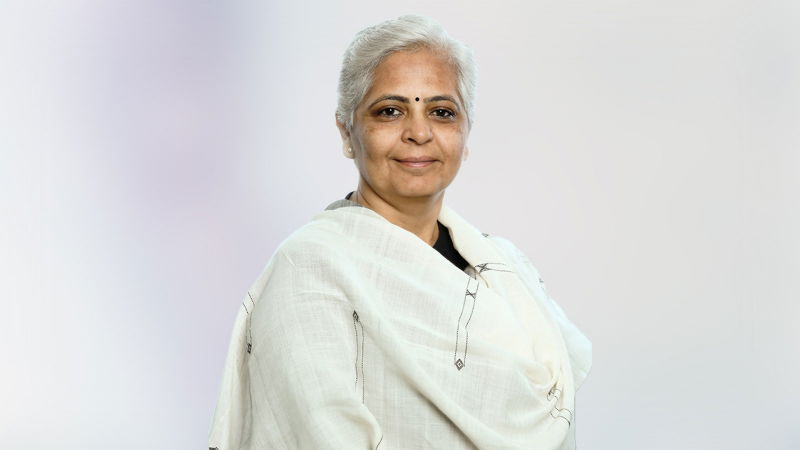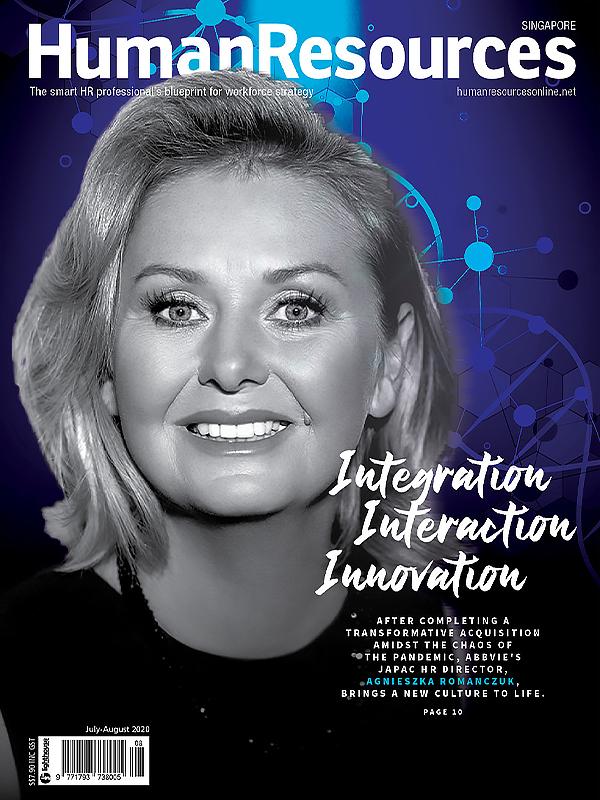share on
In sustaining a remote working culture, it first involves the trust you place in your people, followed by proactive communication and being well-equipped to function effectively, shares Yashmi Pujara, Chief Human Resources Officer, Cactus Communications.
Q Even in pre-COVID times, Cactus had employees working remotely from different corners of the world. How did you sustain this remote working culture?
First, it is the trust we place in our people. At Cactus, the focus is on results, not on the hours spent at work or the location. We do not endorse micro-management.
Second, we believe in proactive communication, which ensures that those working remotely are aware of all relevant developments.
Third, we have equipped each role to function effectively in a remote set-up. Our business model necessitated this, since we wanted to attract talent from across geographies.
Q Around 40 people have joined Cactus in the past four months. How have you adapted your onboarding processes to welcome these new hires successfully?
One of the first things we did just before we moved to a work-from-home set-up was to completely digitise the onboarding process. All pre-joining documents are now handled digitally. We start engaging our recruits immediately after they have accepted the offer. We send out bite-sized information in a staggered fashion to orient them to the organisation even before their first day at work.
Once people join, we have a three-phase onboarding process. On the first day, they are introduced to basic information that is a prerequisite for them to operate. Next, they are introduced to their team members and how the team functions. Last, they go through a day-long orientation programme (done after a gap) where the senior leadership gives them a complete overview of Cactus, its journey, business, culture and values, and vision and plans.
People joining in leadership roles undergo a more intense onboarding programme, which includes one-on-ones with their peers across functions and an in-depth orientation to the Cactus culture.
We have structured our onboarding process such that people feel welcomed and are assimilated into the Cactus culture easily.
Q You’ve taken several steps to adapt to a COVID-driven world, such as introducing WFH till March 2021. Can you take us through some of these initiatives?
All measures taken to ensure the wellbeing of the employees have the complete backing of the senior leaders. It also ensures that we can conduct them smoothly. As the pandemic unfolded, we took some measures to ensure the safety of our workforce:
We set up a COVID response taskforce that monitors the day-today situation across our offices globally. The taskforce is mandated to make quick decisions and implement them proactively.
We customised our approach for each geography where we are present. For example, in India, where the majority of our in-house workforce is located, we started testing our remote working capabilities and moved to a complete work-from-home arrangement a week before the lockdown was announced in the country. This allowed people who had relocated to return to their hometowns safely and in time before the lockdown.
During this period of crisis, we felt that over communication was the need of the hour.
We have been using different mediums – webinars, AMAs, team meetings, advisories on email and the intranet – to keep our workforce abreast of developments regarding the business outlook and key decisions that are being taken. In addition, leaders, managers, and HR business partners conduct one-on-ones to ascertain issues people are facing and resolve them.
Financial assistance was provided to employees if they or their families were impacted by the pandemic. We also helped our expat staff in India move back to their home countries.
Finally, all our regular employee engagement activities such as our open house and recognition programmes have moved online.
Q Being adaptable is no longer a good-to-have, rather a can't-do-without skill. As an HR leader, how are you keeping yourself adaptable? What are some of the things on your job description that are brand-new and fresh?
We want to take stock of the situation more frequently and adapt. So, the HR team has changed its planning cycle from quarterly to monthly. In addition, decision-making within HR has been decentralised to ensure prompt actions and we’ve have moved to an 'experiment fast, fail fast' mode to keep HR agile and respond to rapidly evolving business requirements.
As the HR head, I’m now responsible for building the long-term strategy for Cactus to function in a post-COVID world, keeping abreast of global developments in HR, maintaining focus on the mental health of our workforce, and helping the Cactus culture thrive among a remote workforce.
Photo / Provided
This interview has been published exclusively as part of a CHR0 4.0 feature, in the Jul-Aug 2020 issue of Human Resources. Read this edition of Human Resources, Singapore:
share on



